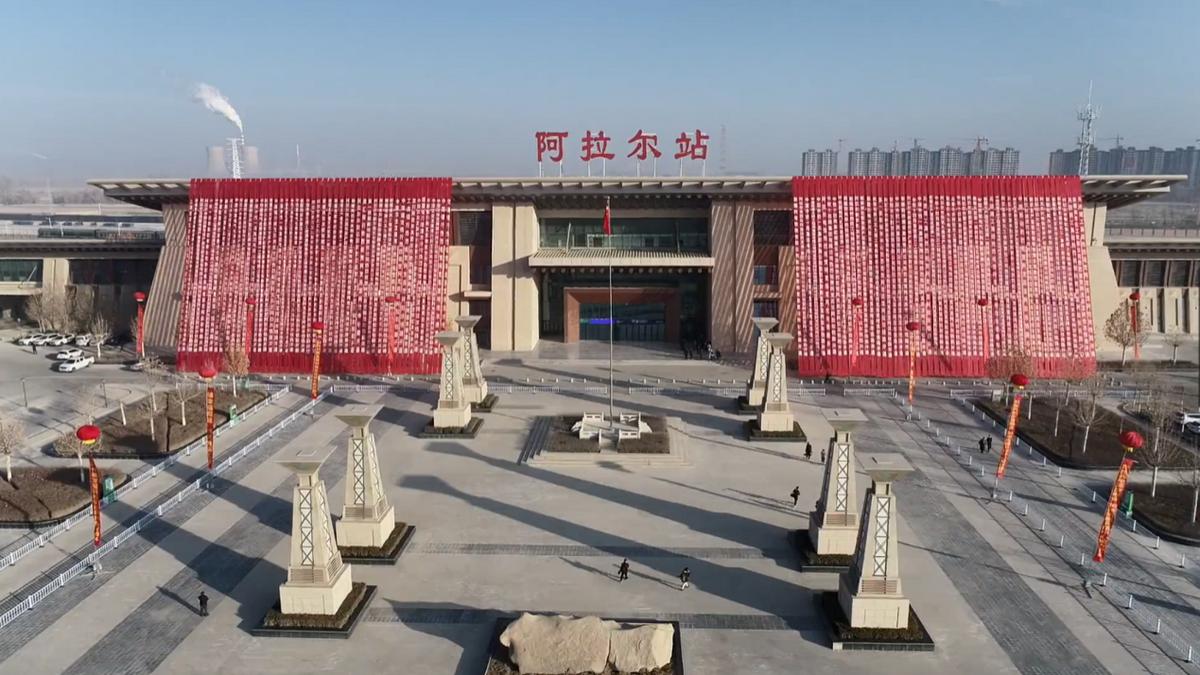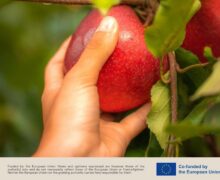Chinese city on ancient Silk Road thrives under BRI

Once a hub on the ancient Silk Road, the city of Alaer in northwest China’s Xinjiang Uygur Autonomous Region is an important hub in the core area of the Silk Road Economic Belt. In recent years, the city has been promoting open cooperation in various sectors including industry, technology and culture to proactively participate in the Belt and Road Initiative (BRI).
The implementation of the BRI has altered the market position of Alaer, as the city has been given access to the forefront of foreign trade. In 2021, the city witnessed a total foreign trade volume of 185 million U.S. dollars and introduced 216 projects with a total investment of 48.08 billion yuan (about 6.73 billion U.S. dollars).
In the first half of 2022, Alaer’s industrial added value above designated size increased 12.2 percent year on year. Through continuous efforts in promoting high-quality development of local economy, the city is now home to a national-level economic and technological development zone, a national modern agriculture demonstration area, two listed companies and dozens of enterprises and institutions of scientific research and education.
Alaer has also been proactively integrating with the China-Pakistan Economic Corridor and the China-Central Asia-West Asia Economic Corridor. On June 16 this year, the Alaer Talimu Airport was put into operation, marking an important step in the city’s construction of a modern logistics and transportation system. The airport is planned to open 16 routes in two batches and is expected to reach an annual passenger throughput of 300,000 person-times and cargo throughput of 1,100 tons.
In terms of railway transportation, the city invested 3.512 billion yuan to the construction of the 114.6-kilometer Aksu-Alaer Railway. The 811.62-kilometer Yining-Aksu Railway is also on the way to start construction, which, if completed, will serve as an important channel of promoting the integrated development of the north and south regions of Xinjiang.
In addition, the city’s growing into a node of the “dual circulation” of domestic and international markets is supported by the development of science and technology. For instance, Alaer is home to China’s only scientific research institute of long-staple cotton and is one of the two long-staple cotton production bases, where half of the country’s high-quality long-staple cotton is produced here.




